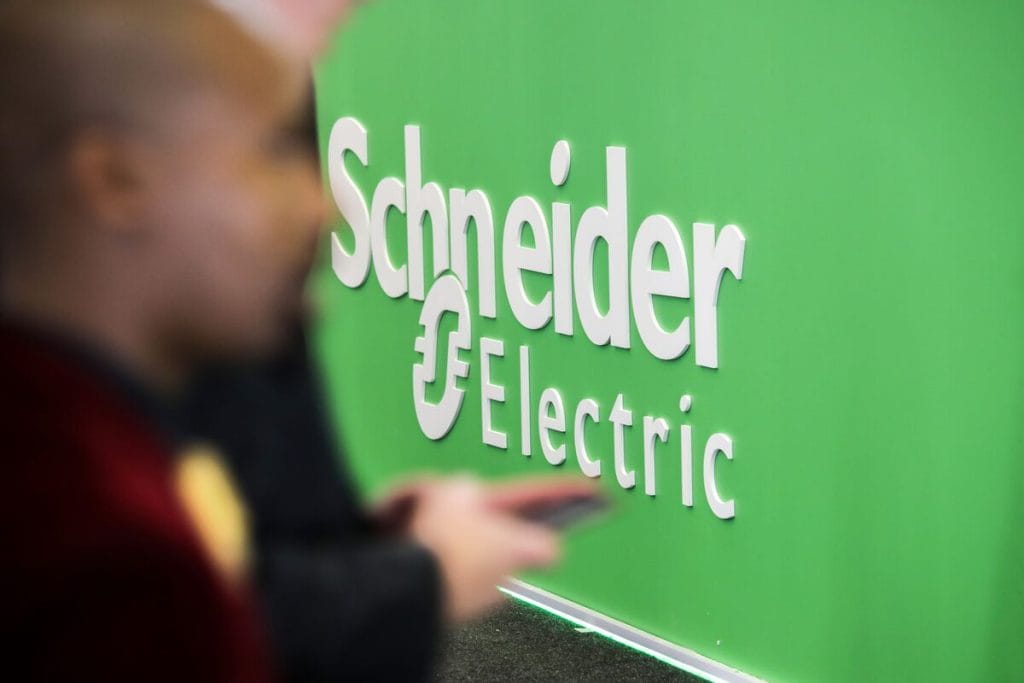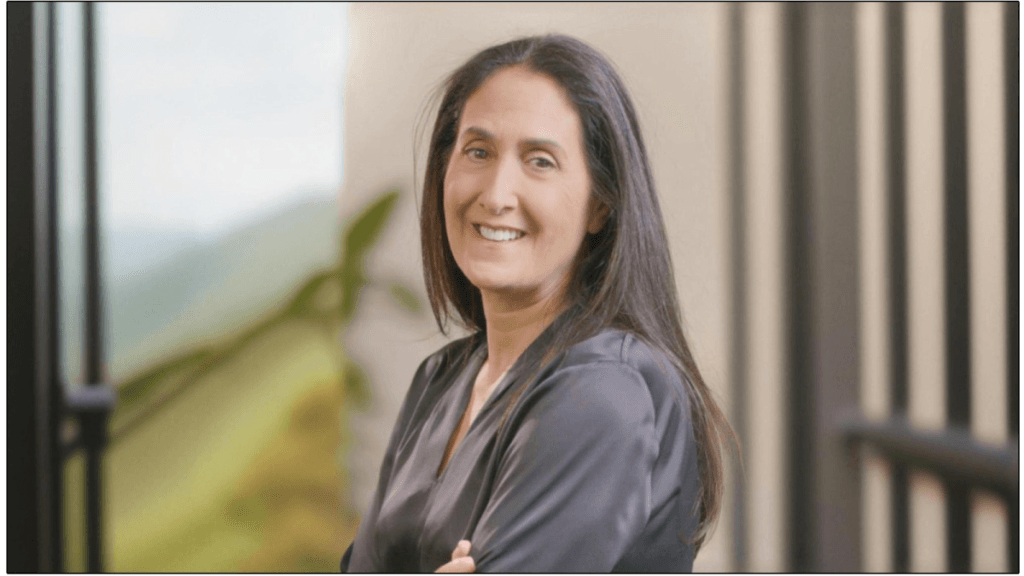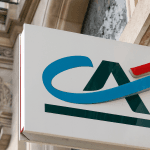Schneider Electric, Bloomberg New Economy Form Global Coalition to Advance Smart Energy Demand

• New Energy Technology Coalition launches to accelerate adoption of demand-side technologies as global electricity use climbs.
• Initiative brings together leaders from energy, tech and infrastructure to shape AI-enabled grid efficiency and resilience.
• Coalition will publish data-backed frameworks and convene its first in-person session at Bloomberg House in Davos in January 2026.
A coalition aimed at reshaping how the world uses electricity
Schneider Electric and Bloomberg New Economy have launched a global Energy Technology Coalition designed to push demand-side energy innovation to the forefront of climate and industrial strategy. Announced during Schneider Electric’s Innovation Summit North America in Las Vegas and at the Bloomberg New Economy Forum in Singapore, the initiative arrives as global power systems strain under AI-driven compute loads, rapid electrification and population growth.
While current investment flows continue to favor expanding electricity supply, the Coalition shifts the lens to how energy is used — and how smarter demand can slow the rise in consumption without slowing economic growth. Its mandate is to accelerate technologies that make energy systems more efficient, agile and resilient, from AI-enabled grid management to digital twins and advanced industrial automation.
A focus on demand-side technologies as AI reshapes grid pressures
Coalition members are tasked with identifying bottlenecks that have slowed the uptake of smart demand-side tools. These include regulatory gaps, inconsistent technical standards, insufficient digital infrastructure and lingering uncertainty among utilities and industrial players about the return on investment for advanced grid technologies.
The Coalition aims to produce data-driven recommendations and frameworks that can support faster deployment across markets. Members will evaluate how AI can anticipate load fluctuations, how digital twins can improve asset performance and how automated control systems can reduce waste at scale.
Frédéric Godemel, Executive Vice President for Energy Management at Schneider Electric, described the moment as one that requires coordinated action. “Building a resilient and affordable energy future requires strong collaboration across the technology and energy sectors,” he said. “By working together and leveraging innovations like AI and digital twins, we can strengthen the grid, improve reliability, and make energy more accessible and cost-effective for everyone. Schneider Electric is committed to partnering with industry leaders to deliver solutions that support economic growth and ensure our energy infrastructure can meet the demands of tomorrow, which is why we’re excited to play a part in this new coalition.”

Governance and industrial leadership
The Coalition’s founding members include corporate leaders, academics and former policymakers: Christina Shim, Chief Sustainability Officer at IBM; Professor John D. Sterman, Director of the MIT System Dynamics Group; Claire O’Neill, former UK Minister of State for Energy and Clean Growth and current Non-Executive Director at Oxy; Arch Rao, CEO of SPAN; and Manon van Beek, CEO of TenneT.
O’Neill noted that the focus on demand is long overdue. “Demand side innovation and investment are too often ignored in our forward thinking. Regardless of the carbon intensity coming into the system, there are huge cost, efficiency and flexibility benefits from managing demand better,” she said. “It’s now so much easier to make this case – especially to energy intensive industries struggling with structurally high energy costs in many regions.”

RELATED ARTICLE: Schneider Electric Expands Environmental Transparency Across 110,000 Products
Karen Saltser, CEO of Bloomberg Media, underscored the broader shift unfolding across global infrastructure. “We are witnessing a critical moment where digital infrastructure and energy systems are converging at an accelerating pace,” she said. “It’s clear the world would benefit from coordinated action to ensure that surging AI and compute demands are met with clean, resilient, and efficient energy delivery for generations to come. By bringing together the best minds in this industry, the Energy Technology Coalition will help catalyze new innovations, partnerships, and policies needed to power the future responsibly.”

Why the initiative matters to global executives and investors
The Coalition’s agenda aligns with intensifying pressure on governments and markets to manage electricity demand more aggressively, particularly as AI workloads reshape long-term planning assumptions. For utilities and grid operators, demand-side tools provide alternatives to costly new generation capacity. For corporates, they offer pathways to improved efficiency, lower energy bills and reduced exposure to volatile power markets. For investors, they highlight a growing segment of climate-aligned technologies with both near-term commercial traction and long-term systemic importance.
Demand management is also increasingly tied to national energy security strategies. Policymakers in the US, Europe and Asia are assessing how AI-driven consumption may alter peak loads, grid reliability and the pace of renewable integration. Solutions that stabilize demand could reduce the need for emergency fossil assets and expedite the shift to clean power.
Next steps: Davos launch session in 2026
The Coalition’s first in-person meeting is scheduled for January 2026 at Bloomberg House in Davos, coinciding with the World Economic Forum Annual Meeting. Members will work on pilot projects, analytical frameworks and policy-aligned strategies designed to influence how governments and companies approach smart energy use over the coming decade.
As the convergence of AI and electrification intensifies, the Coalition’s outputs may shape a new governance conversation — one where efficiency becomes as central as new supply, and where demand-side technologies form a core pillar of global climate and energy planning.
Follow ESG News on LinkedIn












